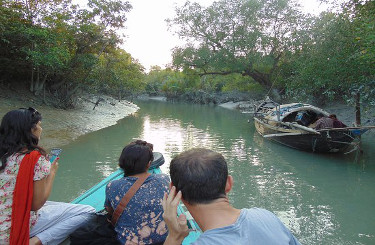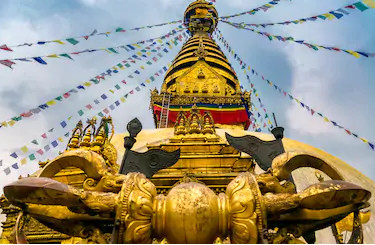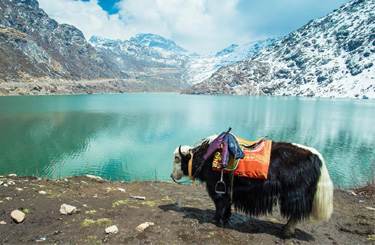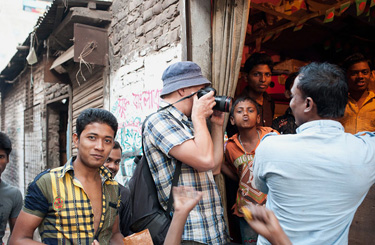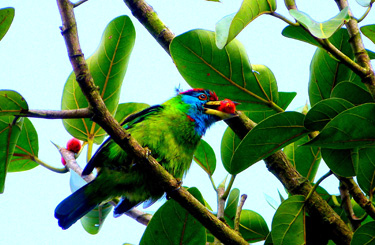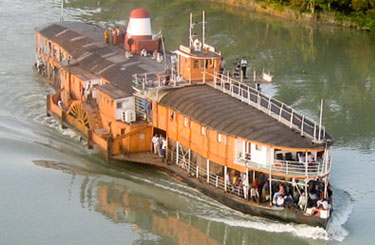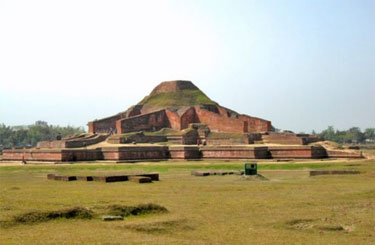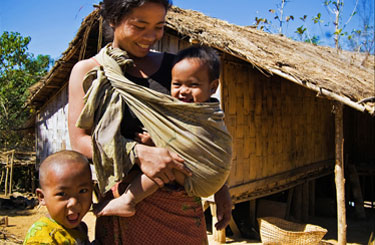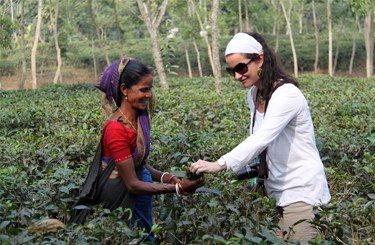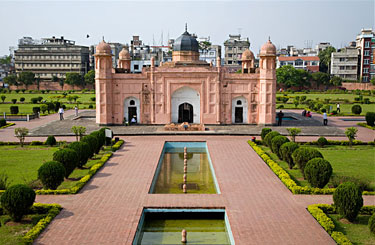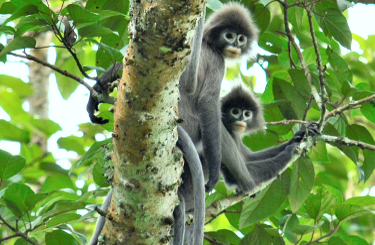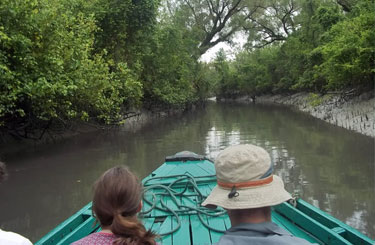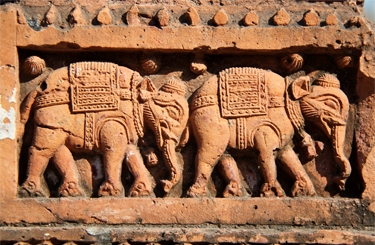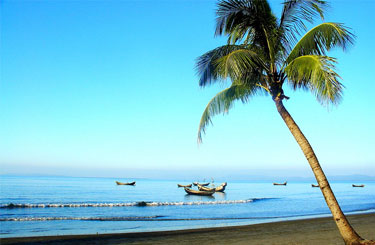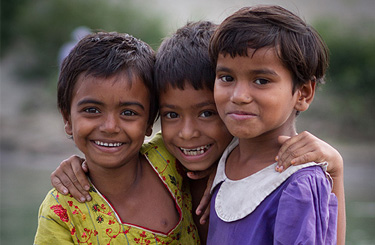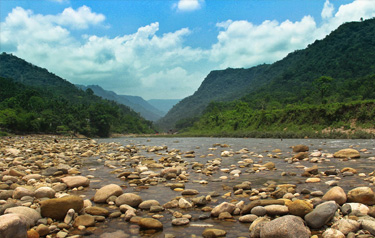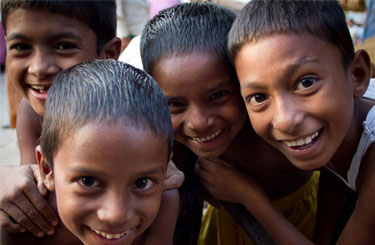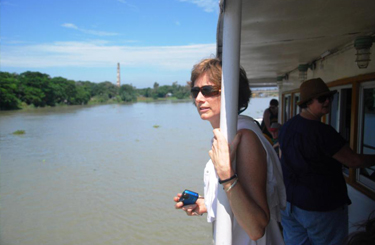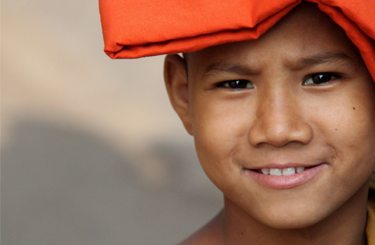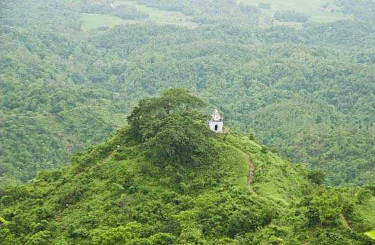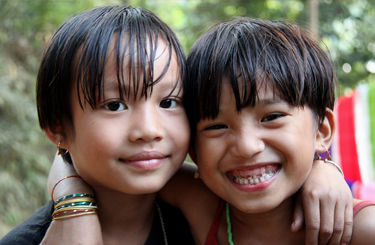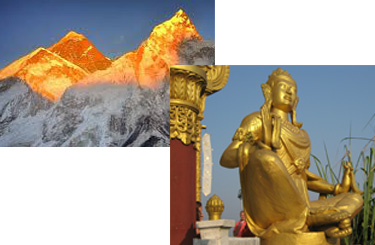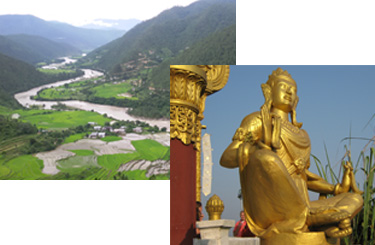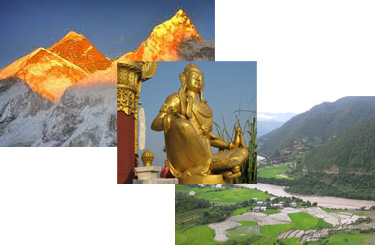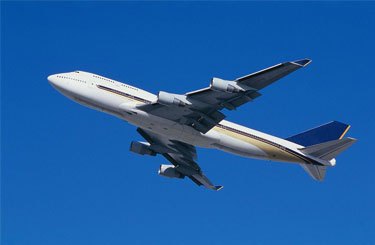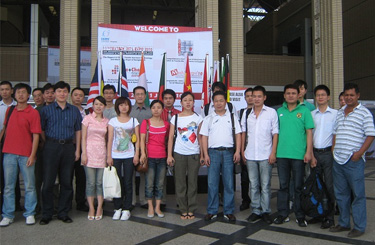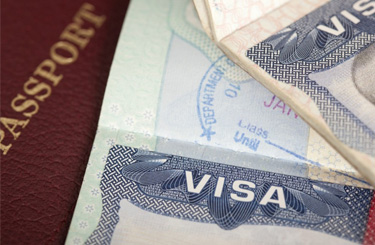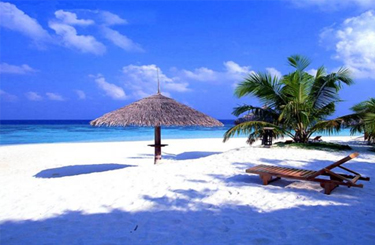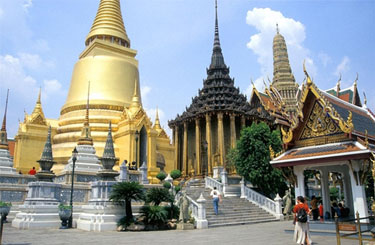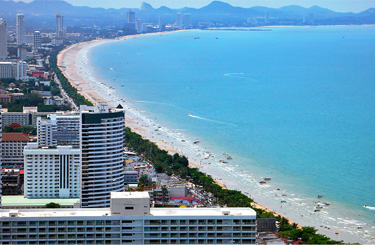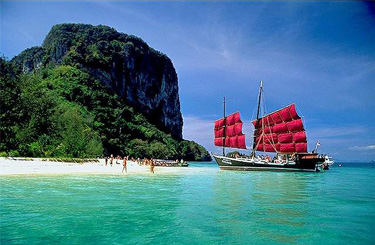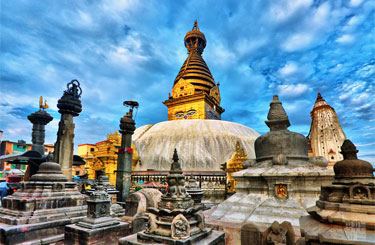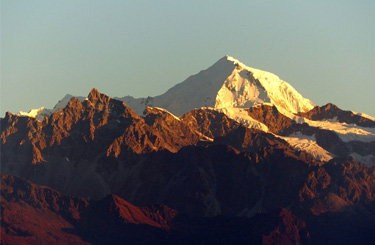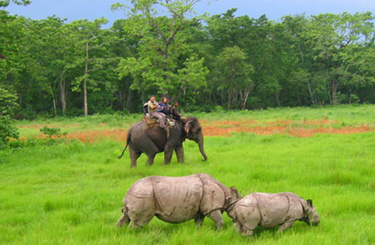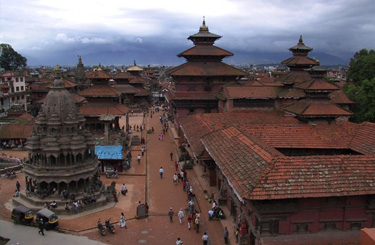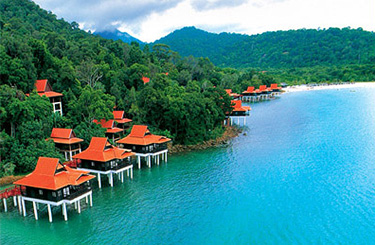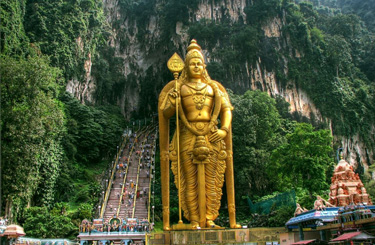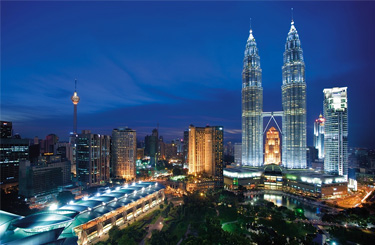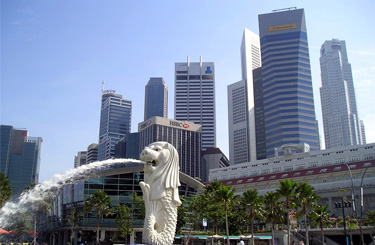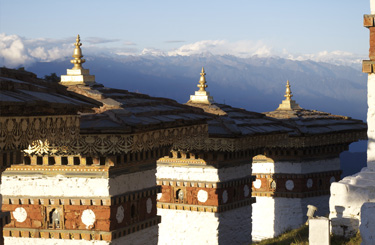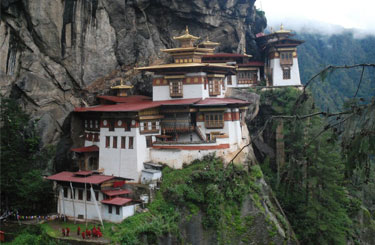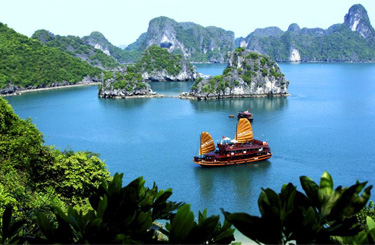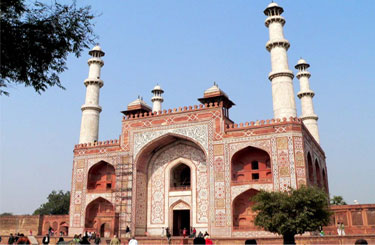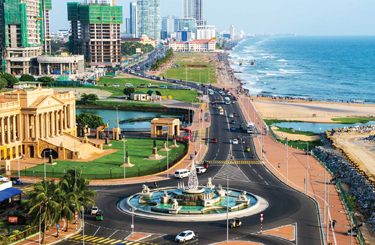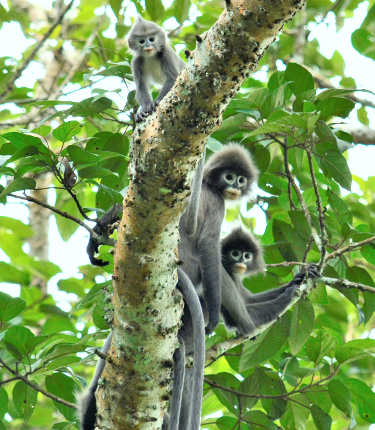
Tour Duration: 10 Nights, 11 Days
Bangladesh is the home of Royal Bengal Tiger. There are estimated to be around 4000 wild tigers left in the world , with the Sundarbans officially being home to around 10% of that number We’ll cruise through the largest mangrove forest with the largest population of tigers in the world and tiger tracking on foot . In this tour we track through the deep rain forest for one the most endangered ape westeren hoolock Gibon, with around 300-500 left in wild . As well as these two key species there are other treats including many mammals, birds and reptiles. The rarest birds we are likely to see are Pallas fishing eagles, Baers pochard, and masked fin foots, Spoon-billed Sandpiper, White Ramped Vulture, whilst the reptile count is dominated by the largest venomous snake in the world the king cobra, the largest reptile in the world the estuarine crocodile and one of the largest lizards the Bengal monitors. But it’s a certain group of mammals which our tour specialises in. These being primates; the western Hoolock Gibbon is a joy to watch as they swing with ease from tree to tree in search of figs, the pig-tailed and rhesus macaques which are large and opportunistic as well as the capped langur and Phyares leaf monkeys which are often found way up in the canopy, but the adventures don’t end as the sun goes down as the nocturnal slow loris is also on our list of animals to try and find.
Tour Feature
- 3 nights on our chartered boat
- Up to 8 primate species
- Tiger tracking on foot
- Gibbon Tracking through rain forest
- Zoologist escort & local expert guide
- Spotlighting after dark
Top Animals on Tour
- Western Hoolock Gibbon
- Tiger
- Gangetic Dolphin
- Pig-tailed Macaque
- Masked Finfoot
- Lesser adjutant
- Irrawaddy Dolphin
- Smooth-coated Otter
- Capped Langur
- Rudy Kingfisher
- Black Capped Kingfisher
- Brown Wing Kingfisher
Tentative Itinerary
Day 1: Arrival, Birding Trip at Botanical Garden
Receive and met by our zoologist guide at Dhaka Zia International Airport. Transfer to hotel. After check in and fresh up if time permits we’ll offer guided birding trip at botanical Garden which is known for its gorgeous plant but beautiful birds . It’s a great place for bird watching.
Day 2: Srimangal
07.00 am drive to Srimangal (200 km, 4 hrs). Check in to the hotel. After fresh up and lunch followed by a birding trip to Kalachara forest and local tribal villages. Overnight stay at at Resort.
Day 3: Srimangal
The next three days will be spent in the heart of rural and wildlife of Bangladesh. We are in the east of the country and close to the border with the Indian state of Tripura. This region is full of wildlife hidden in its deep rainforests; however due to deforestation, poaching and a growing human population most if not all of these animals are in serious danger. We will aim to find some of the most impressive and rarest over the next three days and try to highlight their plight. Depending on the local conditions the order we visit the different parks here is changeable; but we will aim to visit Lowacharra National Park today. Once in the park we will have guided walks into the forest to try and find the very rare western hoolock gibbon which are more regularly seen here than anywhere else (an estimate of 49 individuals living in the park was made in 2006). As well as the gibbons, orange-bellied Himalayan squirrels, Indian muntjac, pig-tailed macaques and rhesus macaques are commonly seen. If the authorities permit us we will come back after dark for a short spotlighting walk to see if there are any fishing cats, slow loris, masked civets or other nocturnal animals around. Overnight stay at resort.
Day 4: Srimangal
This day we’ll explore the wet land of Srimangal. 06.00 am drive to wetland Sanctuary - Baikka Beel for bird watching. Spending the time at watch tower will give you wonderful chance for bird watching and photography. This wonderful wet land sanctuary is the living place of numerous birds and fishes. From the time you enter the wet land area you will be engrossed by the sweet chirping of various birds. Lesser whistling ducks, purple swamp hen, common moorhen, marsh harriers, teals, darter, pallas’s fish eagle, egret, herons and many other birds are seen here. After fresh up and lunch followed by a trip to Tea gardens forest area and local villages. Overnight stay at hotel.
Day 5: Srimangal
After breakfast transfer Satchari National Park, the format of the visit is similar to Lowacherra National Park but we will focus on finding Phayres leaf monkeys and capped langurs here. The capped langur is a beautiful golden monkey and are a treat to find whilst Phayres leaf monkeys are incredibly rare and difficult to find. There are also pig-tailed macaques, rhesus macaques, Indian muntjacs, wild boar, fishing cats and many more species of birds (pygmy woodpeckers, red-headed tragoons, red jungle fowl, puff-throated babblers and oriental pied hornbills), reptiles and amphibians. We will have lunch at a local restaurant or back at our accommodation. Overnight stay at hotel.
Day 6: Dhaka
Travel back to Dhaka (200 km, 5 hrs). Lunch at local restaurant, we will have the rest of the afternoon and evening at your leisure. Overnight stay at hotel.
Day 7: Sundarbans
Today we embark on our adventure trip into the heart of the largest mangrove forest in the world and a national park home to the largest population of wild tigers left in the world! Over 200-450 have been estimated to live in the park and we will try and track one down…on foot! and this means a transfer in our vehicle from Dhaka to Mongla or Khulna. If our boat is moored at Khulna we will have the added experience of crossing the Padma River (the life blood of this burgeoning country) at one of its busiest points. Once we are on our boat we will unpack and start our journey towards the Bay of Bengal. Along the way we will see the hustle and bustle of Bangladesh begin to fade away as the towns turn to villages which in turn become shacks and then nothing but trees as far as the eye can see. There is a wealth of people who use the water ways here and its brilliant to see the local people using fishing and harvesting techniques many hundreds of years old. As well as the people and boats we will keep an eye out for brahminy kites and grey-headed fish eagles soaring above and best of all the highly endangered Gangetic river dolphins which briefly break the surface to blow. We will stop at the Dhangmari forest office to gain permission to enter and meet our armed escorts (which are mandatory for visiting the park). Our evening meal will be on board and we will spend the night onboard as well.
Day 8: Sundrbans
Today we will continue our journey from Dhangmari to Kachikhali forest station (7-8 hours cruising). Here we will spend the night surrounded by mangrove forests, virgin sea beaches and a view out into the Bay of Bengal. Tigers are regularly spotted here and it’s not uncommon to see them prowling the beach at night or early morning as well as herds of spotted deer and family groups of wild boar. We will spend an hour to two in the evening with a spotlight to try and find some tigers.
Day 9: Sundarbans
Early morning before sunrise there will be the option to have an hour or so spotlighting to see if there is a tiger having a drink at the rivers edge or even swimming across the river; after this we will use small country boats to travel into the smaller creeks and streams of the mangrove forest and look for drinking animals like chital, tigers, wild boar, rhesus macaques as well as the local bird life such as white-throated kingfishers, black-capped kingfishers, rudy king fisher green bee-eaters, little herons and the very rare masked fin-foot. This trip will last an hour or two and after we will have breakfast back on the boat. We then set off to Katka Game Sanctuary (1-2 hours) and on arrival will leave the boat and have a hike through the jungle where we usually find fresh tiger prints and hope to see on walking through the dense vegetation. We will spend some time on the beach here and relax in one of the most wild and remote areas in the world. Lunch will be served on the boat and in the afternoon we will explore some of the area around the local forest station and see if we can find more evidence of tigers here. We usually have a BBQ tonight for our evening meal with locally caught fish the main treat. As yesterday there will be spotlighting after dark. We will once again spend the night on the boat.
Day 10: Dhaka
Early in the morning there will be spotlighting offered to look to tigers before dawn. Then after breakfast we will begin our journey back to Mongla / Khulna where we have a good chance of spotting large estuarine crocodiles basking if the sun is out. Along with the crocs we will look for dolphins, monkeys, birds and monitor lizards all the way back to civilisation. Our lunch will be served onboard before we disembark and head back to Dhaka for our last night in Bangladesh. Our evening meal will be at the accommodation.
Day 11: Departure transfer
On time departure transfer to airport for onward destination.
Remark:
Please note that the itinerary stated above is correct as our planned intentions for the tour. However adverse weather conditions and other local considerations can necessitate some modifications of the itinerary during the course of the tour; any changes will be made to make the best of the time and weather conditions available to us.
Above itinerary can be customize according to the guest interest and requirements. Please contact with us for more details.
Best Time to Travel
Nov-Mar: Best time for trekking, hiking, bird watching and boat trips
Tour Available: You can avail this tour package all the year round
Things to Carry
(1) Windbreaker / raincoat / umbrella (2) Snicker shoes for walking. (3) Hat / Cap for Sun protection. (4) Sun-burn lotion & insects spray. (5) Binoculars (6) Camera & films (7) Toothpaste & tooth brush (8) Towels (9) Bath soap (10.) Emergency medicine. (11) Flash light.


 +8801712125379, +8801779579606
+8801712125379, +8801779579606  info@dhakaholidays.com,dhakaholiday@gmail.com
info@dhakaholidays.com,dhakaholiday@gmail.com